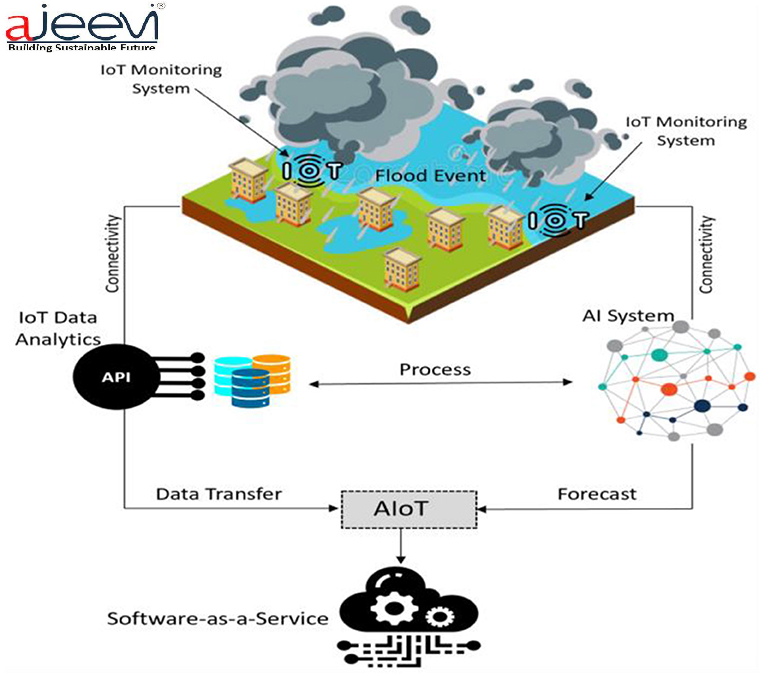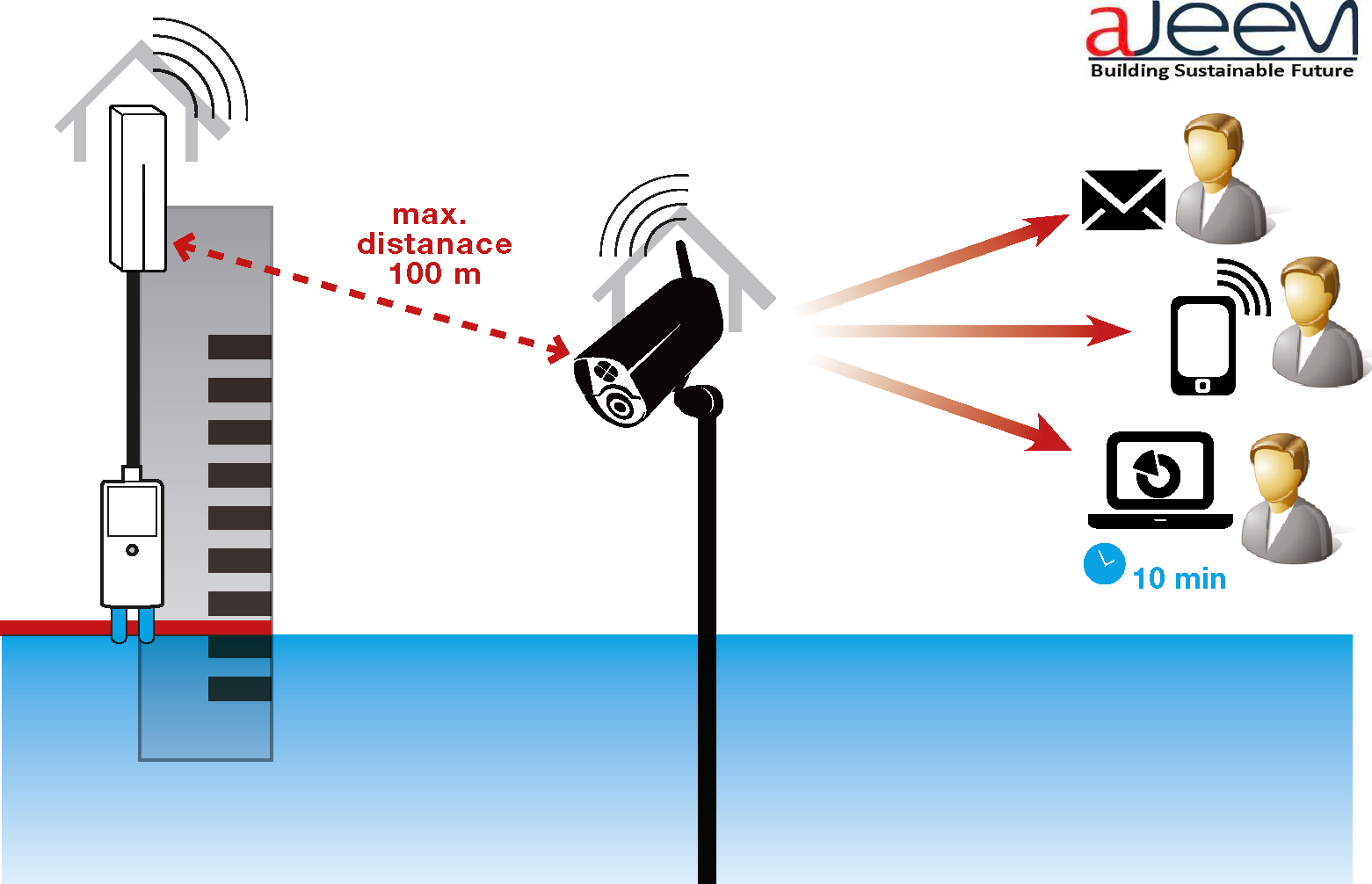Industries-> Smart Flood Management



In the face of increasing climate uncertainties and the growing threat of floods, the integration of the Internet of Things (IoT) has emerged as a crucial technological frontier in the realm of smart flood management. The traditional methods of flood monitoring and response often fall short in addressing the dynamic and unpredictable nature of floods. Enter IoT, a game-changing technology that harnesses interconnected sensors, real-time data analytics, and communication networks to revolutionize flood management strategies. By deploying a network of IoT devices in flood-prone areas, authorities can gain unprecedented insights into water levels, weather conditions, and potential risks. This enables a proactive and adaptive approach to flood management, where decision-makers can respond swiftly to changing conditions, implement preventive measures, and enhance overall resilience in the face of flood-related challenges.
The significance of IoT in smart flood management extends beyond real-time monitoring to encompass a comprehensive and integrated system. These smart systems not only provide early warnings but also facilitate a holistic understanding of the entire flood ecosystem, including river dynamics, soil saturation levels, and the impact on infrastructure.
In conclusion, the integration of the Internet of Things (IoT) into smart flood management represents a paradigm shift in our ability to understand, predict, and respond to the complexities of flood events. The synergy of real-time monitoring, early warning systems, and adaptive infrastructure powered by IoT technologies empowers communities and authorities to navigate the challenges posed by floods with unprecedented precision and resilience. The proactive nature of these systems, fortified by predictive analytics and community engagement, ensures timely responses, reducing the impact on lives and infrastructure. As we witness the transformative potential of IoT in flood management, it becomes clear that this technological innovation not only safeguards communities from the immediate threats of floods but also contributes to sustainable and environmentally conscious approaches in building resilient cities. The journey toward smart flood management underscores the vital role of technology in enhancing our preparedness, response, and recovery strategies, offering a glimpse into a future where IoT-driven solutions pave the way for safer, more adaptive, and sustainable communities worldwide.


Android Handheld UHF Reader
Automatic Boom Barrier
Automatic Number Plate Reader Camera
Bin Level Sensor
Bio Metrics Machine
Bullet Camera Live
Chlorine Sensor
Data Transmission Unit
Emergency Call Box
Environment Sensor
Face Recognition
Flood Sensor
Fuel Sensor
Galvanized Iron Pole
Gi-Pole
GPS
GPS-AIS140
Handheld HF Reader
Handheld UHF Reader
PTZ Camera
Public Address Speaker
Public Address System
Hydraulic Boom Barrier
IP Bullet Camera
IRIS
Magnetic Sensor
Network Rack
Network Video Recorder
Panic Button
Parking Entry Exit UHF Reader Vehicle Mounted UHF Reader
Passenger information systems
Ph Sensor
Refrigerator Sensor
RFID Tag – HF
RFID Tag – UHF
RFID Tag Metal – UHF
Smart Kiosk
Smart Pole
Soil Sensor
Drainage Sensor
Temperature Sensor
Turbidity Sensor
Ultrasonic Flow Meter Variable Sign Board Weigh Bridge Entry Exit Reader
Ajeevi Offer “Enterprise IoT Solutions” with in-house R&D, Capability of manufacturing IOT devices.
505, Tower A-1, Corporate Park
Noida 201301, Uttar Pradesh India
presales@ajeevi.com
+91-9654323500